Newsletter May 2023
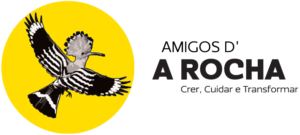

This month you can look to the sky and find this amazing bird!
May is also the month of the flowers!
Filipa
S
N
A
P
SHOT

Natural Parks in Portugal
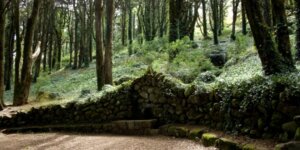
Natural parks are “areas which contain predominantly natural or semi-natural ecosystems, where the long-term preservation of biodiversity may depend on human activity, ensuring a sustainable flow of natural products and services”. In Portugal there are 13 Natural Parks.
Sintra-Cascais Natural Park
The Sintra-Cascais Natural Park is located in the North of Sintra Council near the Mouth of Falcão River, within the district of Lisbon and comprises of the parishes of Sintra and Cascais. The total area of the Park is 14 580, 84 hectares with the higher altitude of 528 metres.
The area is rich in geological formations, the oldest from the Jurassic Period, it is also possible to find a big lithological diversity. The climate is tempered Mediterranean with Atlantic influence and rain is abundant on the higher altitudes. This conditions enable the existence of a big variety of habitats some of them prior to conservation, like the coastal dunes, oak woods and Mediterranean shrublands. The flora of the area comprises around 900 species some of them being endemic. There are listed 200 species of vertebrates, including an endemic sweet water fish (Iberochondrostoma lusitanicum). The existence of caves are important for some threatened species of bats, like the Mediterranean Horseshoe bat (Rhinolophus euryale) or the Lesser Horseshoe bat (Rhinolophus hipposideros). The village and Sintra Mountain are a UNESCO World Heritage Site.
The Natural Park was created in 1994 from the need to face the growing and intense touristic and urban pressures which threatened a very sensitive area with natural high values. The symbol of the Park are the chimneys of the Nacional Palace of Sintra and the Moorish windows.
IN FLIGHT…

False Baton Blue (Pseudophilotes abencerragus, Pierret, 1837)
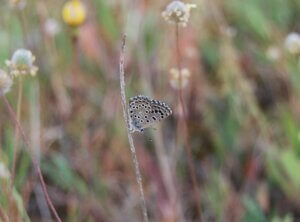 Family: Lycaenidae
Family: Lycaenidae
Wingspan: 18 to 22 mm
Habitat: Dry, flowery, grassy areas with scrub
Flight period: April to May (one single brood)
Distribution: Iberian Peninsula, North Africa and Middle East.
Notes: This butterfly is not very common and it is hard to spot, due to its small size and its low flight (flies low among rocks and dry grass). The host plants are Cleonia (Cleonia lusitanica), Thyme (Thymus spp), Sage (Salvia sp) and burclover (Medicago spp). This species is easily mistaken with Baton Blue (Pseudophilotes baton).
Tweet… Tweet…
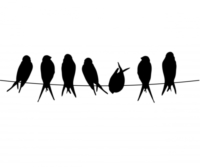
Common Swift (Apus apus, Linnaeus, 1758)
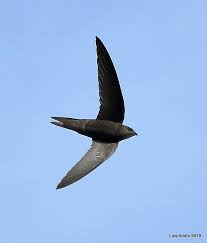 Family: Apodidae
Family: Apodidae
Size: 16 to 18,5 cm Wingspan: 40 to 44 cm
Habitat: Towns and villages, more rarely woodlands and cliffs.
Status: Summer breeder
Distribution: Europe, North Africa and Asia; winters south of Sahara (Africa).
Notes: The scientific name Apus comes from the Greek and means without feet. This species spends the most part of its life inflight (eat, mate and sleep), they never come to ground willingly (they have difficulties to flying from the ground). The nest are built in high places.
DID YOU KNOW? 
-
Jasper and Taylor, the directors of A Rocha Portugal Centre, Cruzinha are leaving. They have been with us for the last 4 years, facing the challenges of the pandemic. We are thankful for their work and wish them all the best on their return to home in the USA.
- Spring is always a busy period for birds! But we had a nice visitor in our nets: a Turtle Dove (Streptopelia turtur).
-
The higher temperatures bring lots of moths! Have you seen this species, Heliothis incarnata? Who says moths are not colourful!
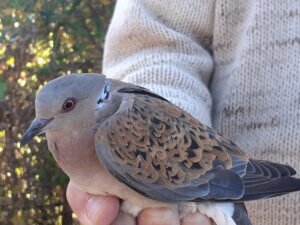
Turtle Dove (Streptopelia turtur)
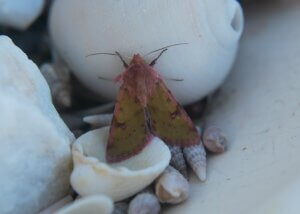
Heliothis incarnata
- Hi all. My name is Michaël, I am a MSc student from the Wageningen University (Netherlands) and I am studying the Little Owl (Athene
 noctua), diet and habitat preferences on the Ria de Alvor peninsula. I’ve been staying at Cruzinha,
noctua), diet and habitat preferences on the Ria de Alvor peninsula. I’ve been staying at Cruzinha,  wherefrom I practise my fieldwork. The fieldwork consists of two parts: walking transects in the evenings to count the owls themselves, and setting-up, filling and checking small mammal traps (non-kiling ones) for mice, shrews and voles, as they are an important food source for Little Owls in the breeding season. At the end of my studies I hope to find out what habitat types offer the most amount of food for Little Owls, and if the Owls will occur more in those areas that are rich in food. So far, I’ve enjoyed my time here fully, being part of a community that share my interest and fascination with nature! Cheers, Michaël Duijsens
wherefrom I practise my fieldwork. The fieldwork consists of two parts: walking transects in the evenings to count the owls themselves, and setting-up, filling and checking small mammal traps (non-kiling ones) for mice, shrews and voles, as they are an important food source for Little Owls in the breeding season. At the end of my studies I hope to find out what habitat types offer the most amount of food for Little Owls, and if the Owls will occur more in those areas that are rich in food. So far, I’ve enjoyed my time here fully, being part of a community that share my interest and fascination with nature! Cheers, Michaël Duijsens
 Ornamental trees
Ornamental trees
In our parks and gardens it is possible to see amazing trees, although most of them are exotic! Plants native from other parts of the world used as ornamental. Maybe you have seen some of them….
California Fan Palm (Washingtonia filifera, (Lindl.) H.Wendl.)
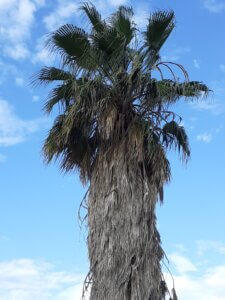 Family: Arecaceae
Family: Arecaceae
Type of plant: Perennial tree
Size: 55 to 20 metres
Distribution: Native from the Southwestern USA (California) and Northwestern Mexico
Flower bloom time: July – August
Where to see:
Curiosity: Palm trees are not considered “true trees” because they don’t show secondary growing and their trunk is not branched. The name “Fan Palm” comes from the big leaves similar to a fan. The scientific name “Washingtonia” is in honour of the first president of the USA (George Washington) and “filifera” is related to the long filaments of the leaves.
POPPED UP

Family: Geraniaceae
Plant type: Herbaceous perennial
Flower bloom time: February to June
Habitat: Undercover of woods, pine woods, shrublands, also on road sides, dunes, rock slits, usually in shadowy places.
Distribution: Europe, West of Asia and Northwest of Africa
Notes: The scientific name Geranium comes from the Greek and means Crane (the bird), in reference to the beak-like fruit. This species is considered good luck. The crushed leaves can be rubbed in the skin to keep mosquitoes away.
Little-Robin (Geranium purpureum, Vill)
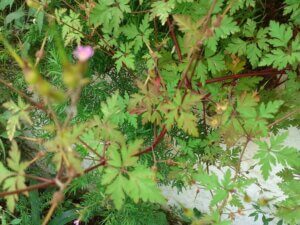
DATES TO REMEMBER

1st of May – Workers Day (National Holiday)
4th, 11th, 18th, 25th May – Cruzinha Bird ringing display & Moth Talk (10 am to 12 am). Book here
7th May – Mothering Sunday
25th May – Ascension Day/ Stalk Day
Thank you for supporting the Friends of A Rocha Portugal
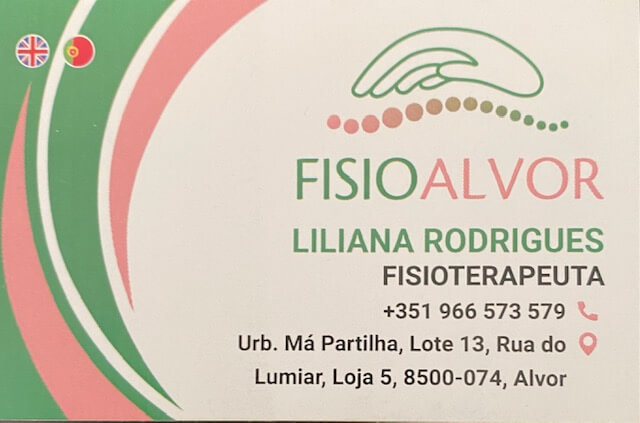
Physiotherapy, Massages (relaxation, sports, therapeutic)
Other therapies
Beauty (manicure, pedicure, hair removal, facials)
Open Monday to Friday

Dr Roy Rodrigues
Av. Do Brasil, Qta das Palmeiras, Lt P2, R/c A, 8500-299 Portimão
(+351) 282180683
royaldente@gmail.com
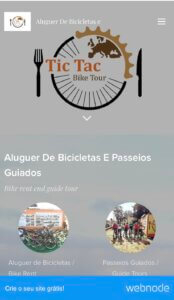
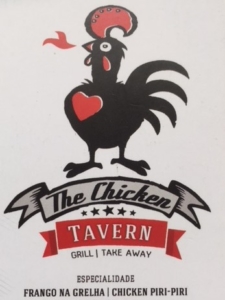
Urbanização Mar e Serra n° 47, Alvor
8500 – 783 Portimão
(+351) 911597735
Thought of the month 
“We cannot solve our problems with the same thinking we used when we created them.”
– Albert Einstein (1879-1955), German Theoretical Physicist, developed the Theory of Relativity, Nobel Prize of Physics in 1921

LETS BE GREEN – LETS BE GREEN – LETS BE GREEN 
-
Butterflies and bees are getting their own transport network as “bee bus stops” start to pop up around UK cities and across Europe.
- Bus shelter roofs are being turned into miniature gardens – full of pollinator-friendly flora such as wild strawberries, poppies and pansies.

- They are already 30 bee bus stops installed since 2021. The average life of a bus shelter is 20 years. Ones have to be specially designed for living roofs because the soil is heavy, especially when it is full of water.
- The aim is to create at least 1,000 bee bus stops in the UK, hopefully more. They are already established in Netherlands, Denmark and Sweden, now they are building them in France and Belgium, other countries as far as Canada and Australia, are also interested in building them.
-
As well as the wildlife benefits, the roofs also absorb rainwater, and make a small contribution to offsetting urban heat island effect.
LETS BE GREEN – LETS BE GREEN – LETS BE GREEN
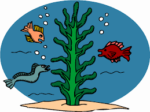 Sea life
Sea life
The sea is a big part of our planet and we still have a lot to discover! It is also threatened by human activity – pollution! Like the micro-plastics, very small particles of plastic floating in the water column ending inside the most of the sea animals… some of them are struggling to survive and some end up on our plates. Let’s find them
Grooved Razor Shell (Solen marginatus)
 Phylum: Mollusca
Phylum: Mollusca
Class: Bivalvia
Size: maximum length 12.7 cm
Lifespan: unknown
Distribution: Eastern Atlantic and Mediterranean Sea
Habitat: Lagoons and estuaries. Lives buried in sand or muddy sand in low intertidal or subtidal area
Behaviour: The larvae are free-swimming trocophore (with cilium)
Food habits: Suspension feeder (bacteria, small algae, fish eggs, larvae)
Ecological importance: Food source for other animals (birds and fishes)
Notes: The Grooved Razor Shell is gonochoric (individual with just 1 sex, unisexual) and shows sexual dimorphism; females have red-purple gonads and males have pallid gonads. Lives inside a hole in sand. This species is very sensitive to salinity and temperature. It is used in Portuguese traditional food.
Sustainability Champions 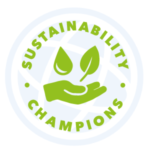
Sustainability Champions from around the World– Looking at ways to curb pollution and waste management.
We would like to thank Daniel Hartz, the founder of Sustainability Champions for giving us the permission to share this information.
Eco-Friendly Innovations: Invisible Bag Gives Sustainable Solution to Plastic Waste
 Based in Hong Kong, Invisible Company is an innovative startup aiming to reduce waste at source. Their mission is to make packaging sustainable, water-soluble and biodegradable, without compromising on quality or end-user experience.
Based in Hong Kong, Invisible Company is an innovative startup aiming to reduce waste at source. Their mission is to make packaging sustainable, water-soluble and biodegradable, without compromising on quality or end-user experience.
Cofounder, Devana Ng, and her husband Flavien started the company in early 2020 after recognizing the need for sustainable packaging. The idea behind Invisible Bag was to replace single-use plastic with an environmentally friendly solution that is non-toxic and doesn’t contain any PP, PE, PS or PVC plastics. The material used is also certified by the Global Recycling Organization as safe to use and dispose of. From different fashion brands, and e-commerce to logistics and retails, Invisible Bag is quickly gaining traction as an effective alternative packaging choice.
With its vision and mission, Invisible Company has become a leader in sustainable business practices and offers a real alternative to single-use plastic.

It’s time to #RestoreNature!
 80% of European nature is in bad shape. But we have a once-in-a-lifetime opportunity to put Europe’s degraded nature on the path of recovery: a law to #RestoreNature! Togethre with over 200 international ogranisations, SPEA is calling on national governments and the European Parliament to adopt the urgent and much-needed law to #RestoreNature. This law is now within reach, but we need your support to make it happen. Let your government and Members of the European Parliament know you care and want to see nature restored now! Send a picture of a landscape you would like to see restored and tell your decision-makers they need to protect our future!
80% of European nature is in bad shape. But we have a once-in-a-lifetime opportunity to put Europe’s degraded nature on the path of recovery: a law to #RestoreNature! Togethre with over 200 international ogranisations, SPEA is calling on national governments and the European Parliament to adopt the urgent and much-needed law to #RestoreNature. This law is now within reach, but we need your support to make it happen. Let your government and Members of the European Parliament know you care and want to see nature restored now! Send a picture of a landscape you would like to see restored and tell your decision-makers they need to protect our future!
Sign now: www.restorenature.eu

Check the website for dates for organised tours
Guillaume Réthoré (Gui)- My life with birds: An old Flamingo
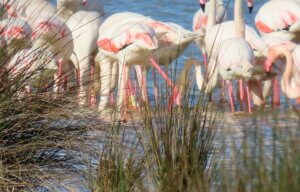 Those who know me or have been birding with me know that I am a “nerd”. As a ringer, I am happy when, I get information from birds I ringed. Also, when I see a ringed bird on the field, I usually try to read it. Flamingos are some of these birds. Of course, they carry a plastic ring which code can be read with a telescope or binoculars and sometimes you get nice surprises. This Flamingo was seen at Lagoa dos Salgados during a tour in March. When I got the life history of this bird I had a nice surprise: this bird had been ringed as a chick in 2002, so it was 21 years old! It was also the 2nd time I saw it (the last one being in 2017). This bird travelled a bit, being spotted in Algeria and various places in Spain.
Those who know me or have been birding with me know that I am a “nerd”. As a ringer, I am happy when, I get information from birds I ringed. Also, when I see a ringed bird on the field, I usually try to read it. Flamingos are some of these birds. Of course, they carry a plastic ring which code can be read with a telescope or binoculars and sometimes you get nice surprises. This Flamingo was seen at Lagoa dos Salgados during a tour in March. When I got the life history of this bird I had a nice surprise: this bird had been ringed as a chick in 2002, so it was 21 years old! It was also the 2nd time I saw it (the last one being in 2017). This bird travelled a bit, being spotted in Algeria and various places in Spain.
Text and photo by Guillaume Réthoré
Editor: Filipa Bragança
English proof reading: Helen Rodda
Portuguese proof reading: Lena Soares
Production controller: Helen Rodda
Email: friends.arpt@arocha.org
Thank you for supporting us!
Hope to see you soon!

 What makes a good Birthday present?
What makes a good Birthday present?


